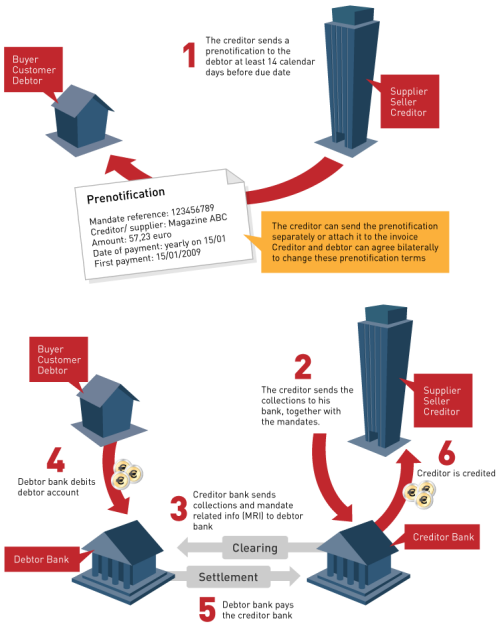If you wish to know why your bank has rejected a SEPA direct debit, please subscribe to the module 'Exporting account info' and ask your bank to send CODA for the concerning account. In the received CODA will be a code which will describe why a SEPA direct debit has been rejected (insufficient funds, closed account, ...). For more info on the specific rejection codes, use the following link.
In the ‘Manage Mandates’ window you have the option to create:

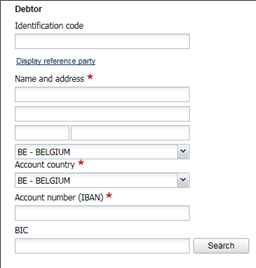
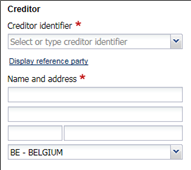

Note: empty groups are automatically removed
Note: empty groups are automatically removed
If a mandate with sequence First was successfully executed, it must be changed to sequence Next. It’s important to carefully manage this, to prevent that files are rejected by the bank.
In Isabel 6 you can easily change the sequence of all mandates from First to Next.
A debtor might request a change in his mandate (adjust his account-number, name or address). These changes must be initiated by the debtor and it strongly recommended having this confirmed by signed letter or mail (to avoid confusion in the future).
|
When you’re editing your mandates, Isabel will automatically suggest to add an amendment.
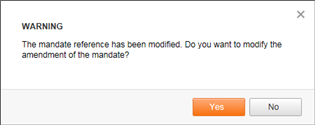
Note: your bank has to only be notified once about an amendment. If you create a SEPA direct debit that includes a mandate with an amendment the amendment will automatically be removed from the mandate (not from your newly SEPA direct debit). If you remove the created SEPA direct debit from your transactions before sending it to your bank or the bank rejects the SEPA direct debit, you will need to recreate the amendment. This is way it's recommended to add changed values in the field 'Note'.
By exporting and importing your mandates you can migrate all your existing mandates to another user or view it using a spreadsheet application like Excel.
The upload or import of mandates uses a proprietary format specific to Isabel. The export and import feature of mandates is intended to transfer mandates between Isabel users. It is not possible to import mandates into Isabel from an accounting software package, nor the other way around.
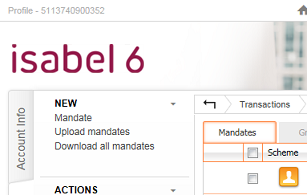
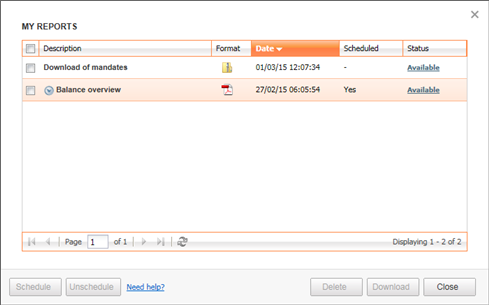
Remarks:

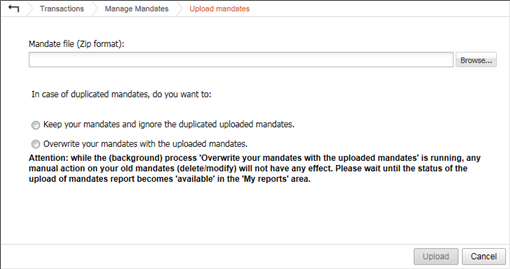
Remark: If you downloaded the mandates on a Mac using Safari, the ZIP file was most likely automatically extracted. In order to be able to upload it again to Isabel, you must first recompress the mandates file. Right-click on the XML mandates file and select Compress from the menu, then upload the resulting ZIP file using the procedure outlined above.
By opening your mandates in Excel you can perform various administrative tasks with your mandates.
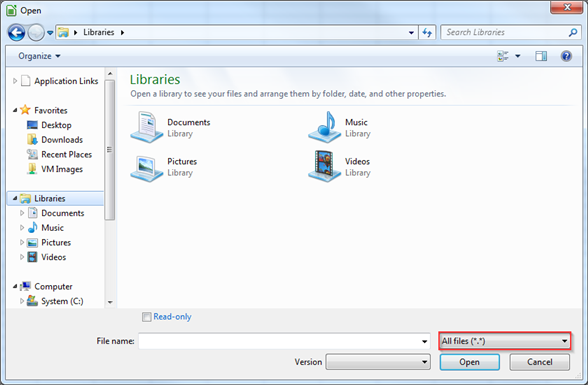

Remark: you cannot perform updates in Excel and afterwards import it in Isabel 6
Core DD scheme |
|
B2B DD scheme |
Creditor is responsible for mandate acquisition |
= |
Creditor is responsible for mandate acquisition |
No validation of mandate by Banks |
|
Debtor Bank validates the mandate |
Creditor sends Direct Debit request to his/her bank with mandate reference |
= |
Creditor sends Direct Debit request to his/her bank with mandate reference |
Debtor Bank executes Direct Debit |
|
Debtor Bank verifies the mandate & executes Direct Debit |
Debtor has 8 weeks to request refund (more possible) |
? |
Debtor has no possibility of requesting refund |
Collection date = D+1 |
= |
Collection date = D+1 |
